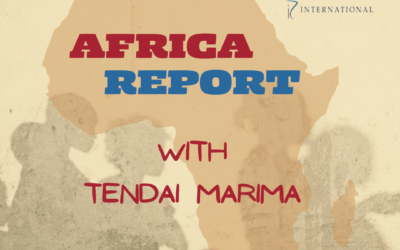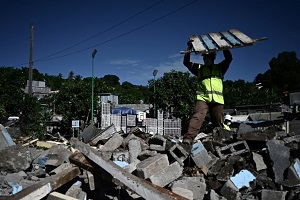 By Hajira Khota
By Hajira Khota
29:09:2021
Electricity costs have more than gone up significantly. Still, as they increase, demand for Eskom’s power is dwindling – not least because persistent load shedding is driving consumers to seek out alternate power sources.
On the other hand, inflation rates have remained within the desired range of 3% to 7%. The Reserve Bank stated that administered prices, such as electricity and water, are still short-term inflation risks.
However, as electricity rates have risen, demand for Eskom’s power has decreased. Load shedding has also contributed to the drop in demand, with users opting for other power sources, according to NERSA.
Chris Yelland is an energy expert and managing director at EE Business Intelligence who spoke to Radio Islam International; he says that this is based on an estimation of costs and sales; from this, it allows Eskom to recover a certain amount of revenue and generate a profit.
Stakeholders have pointed out that the revenue-based model has failed to achieve price stability and predictability, according to NERSA. The utility managed grid stability by imposing rolling blackouts when the availability of Eskom’s power plant fell.
NERSA claims it has been setting tariffs based on the assumption that specific sales levels will be met, but they have not materialised since Eskom’s sales have declined, resulting in “promised” money not being recovered by the power provider.
Eskom stated that it is still analysing the consultation material. The power company also indicated that it has always participated in NERSA consultation papers and is eager to submit feedback for the regulator’s consideration.
However, as electricity rates have risen, demand for Eskom’s power has decreased. Load shedding has also contributed to the drop in demand, with users choosing other power sources. As a result, NERSA contends that a new methodology must be devised to assure price stability.
[LISTEN] to the podcast here







0 Comments